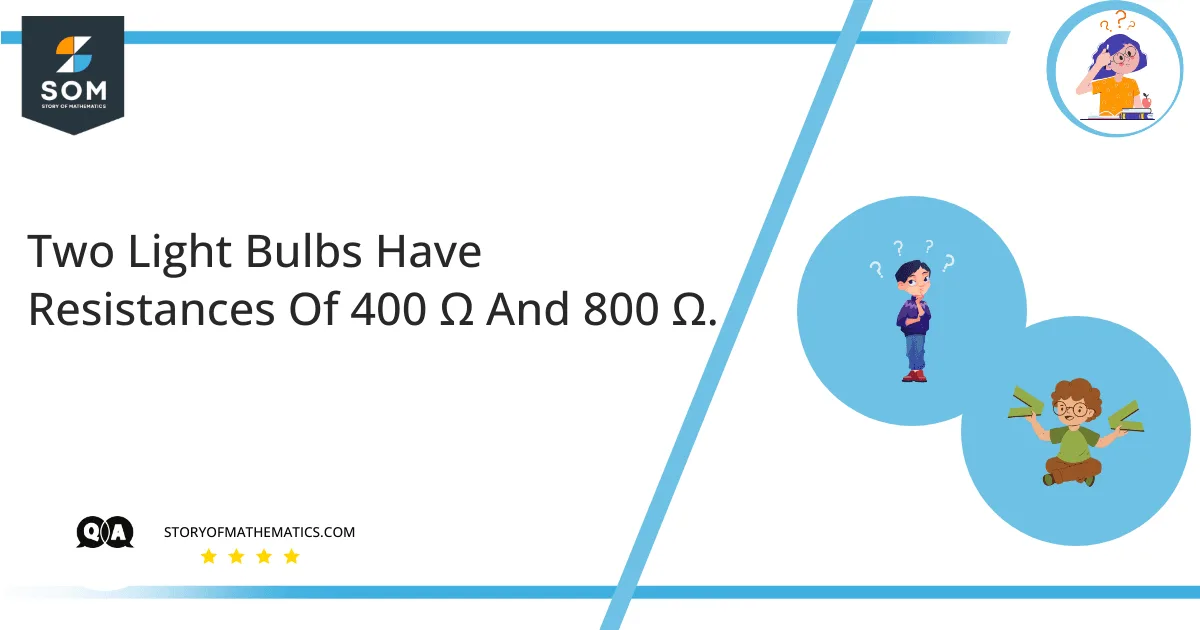
The main objective of this question is to find the power dissipated in each bulb that is connected in series.
This question uses the concept of power in series. In a series circuit, the total power is the same as the total amount of power lost by each resistor. Mathematically, it is represented as:
Where
Expert Answer
Given that:
Voltage is:
We know that:
So, for the first bulb, we have:
By putting in the values, we get:
Now for the second bulb, we have:
By putting in the values, we get:
Numerical Answer
The power dissipated in the first bulb is:
And for the second bulb, the power dissipated is:
Example
In the above question, if the resistance across one bulb is
Given that:
Voltage is:
We know that:
So, for the first bulb, we have:
By putting in the values, we get:
Now for the second bulb, we have:
By putting in the values, we get:
Thus, the power dissipated in the first bulb is:
And for the second bulb, the power dissipated is:
